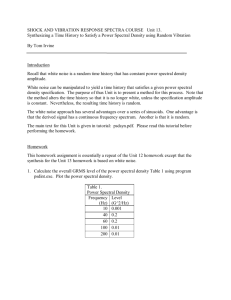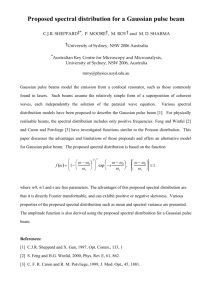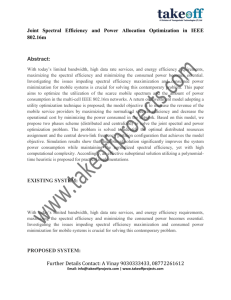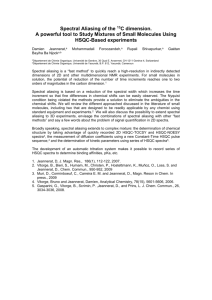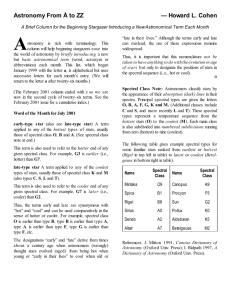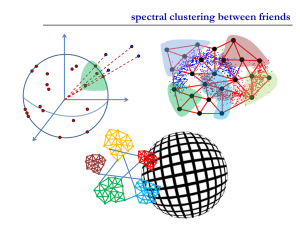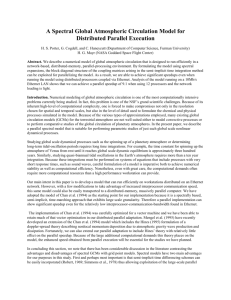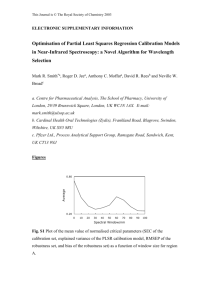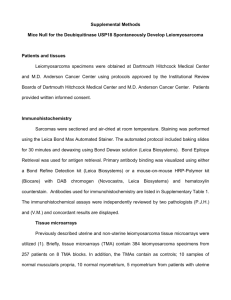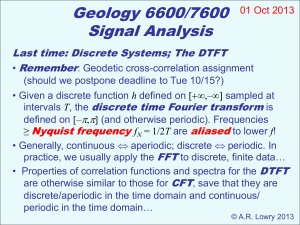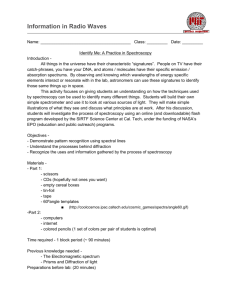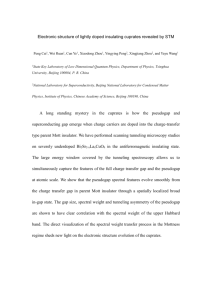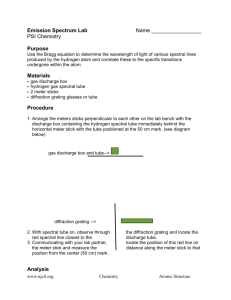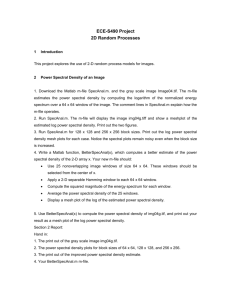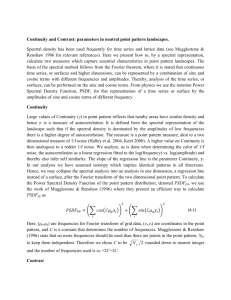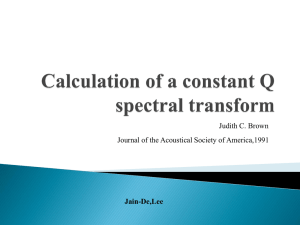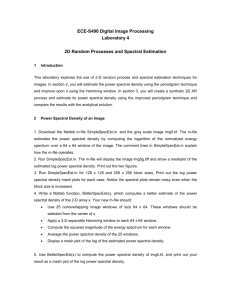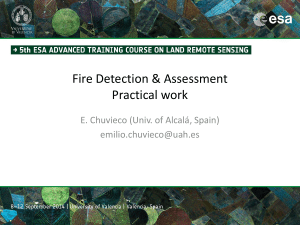A STATISTICAL STUDY OF GRAVITY WAVES FROM
advertisement
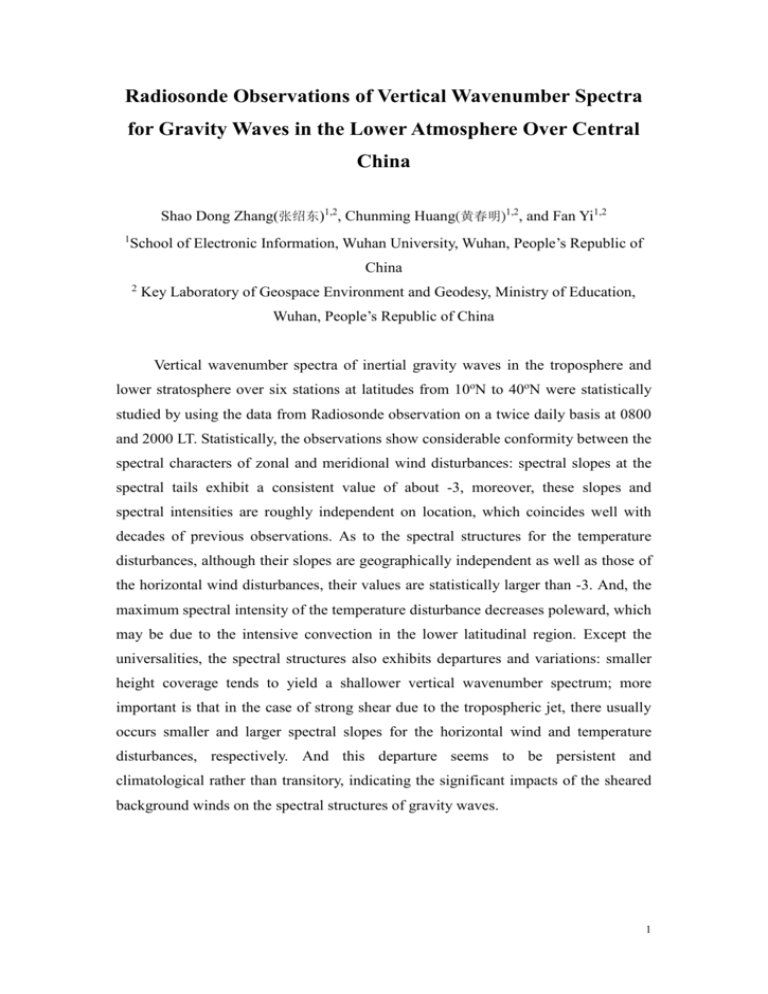
Radiosonde Observations of Vertical Wavenumber Spectra for Gravity Waves in the Lower Atmosphere Over Central China Shao Dong Zhang(张绍东)1,2, Chunming Huang(黄春明)1,2, and Fan Yi1,2 1 School of Electronic Information, Wuhan University, Wuhan, People’s Republic of China 2 Key Laboratory of Geospace Environment and Geodesy, Ministry of Education, Wuhan, People’s Republic of China Vertical wavenumber spectra of inertial gravity waves in the troposphere and lower stratosphere over six stations at latitudes from 10oN to 40oN were statistically studied by using the data from Radiosonde observation on a twice daily basis at 0800 and 2000 LT. Statistically, the observations show considerable conformity between the spectral characters of zonal and meridional wind disturbances: spectral slopes at the spectral tails exhibit a consistent value of about -3, moreover, these slopes and spectral intensities are roughly independent on location, which coincides well with decades of previous observations. As to the spectral structures for the temperature disturbances, although their slopes are geographically independent as well as those of the horizontal wind disturbances, their values are statistically larger than -3. And, the maximum spectral intensity of the temperature disturbance decreases poleward, which may be due to the intensive convection in the lower latitudinal region. Except the universalities, the spectral structures also exhibits departures and variations: smaller height coverage tends to yield a shallower vertical wavenumber spectrum; more important is that in the case of strong shear due to the tropospheric jet, there usually occurs smaller and larger spectral slopes for the horizontal wind and temperature disturbances, respectively. And this departure seems to be persistent and climatological rather than transitory, indicating the significant impacts of the sheared background winds on the spectral structures of gravity waves. 1



